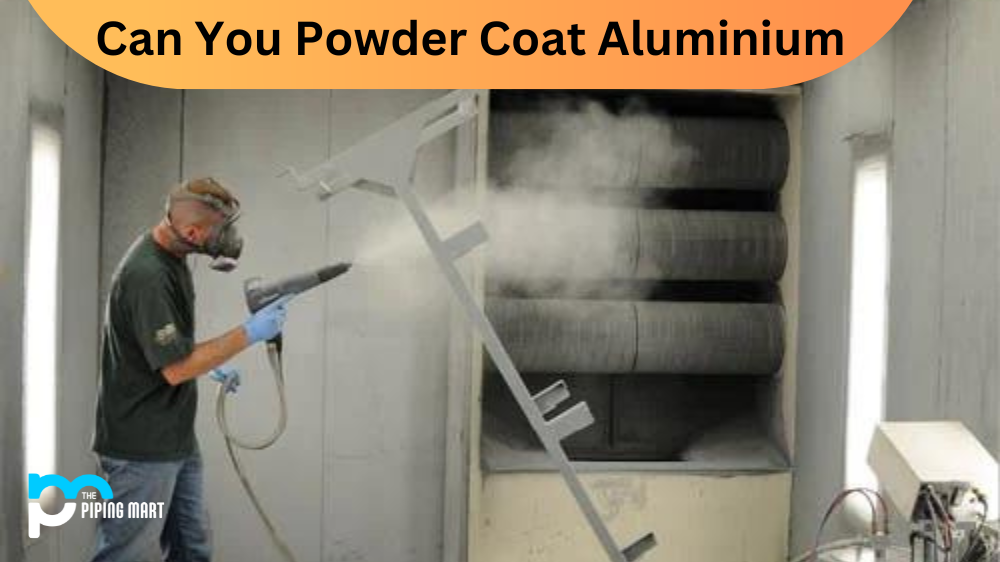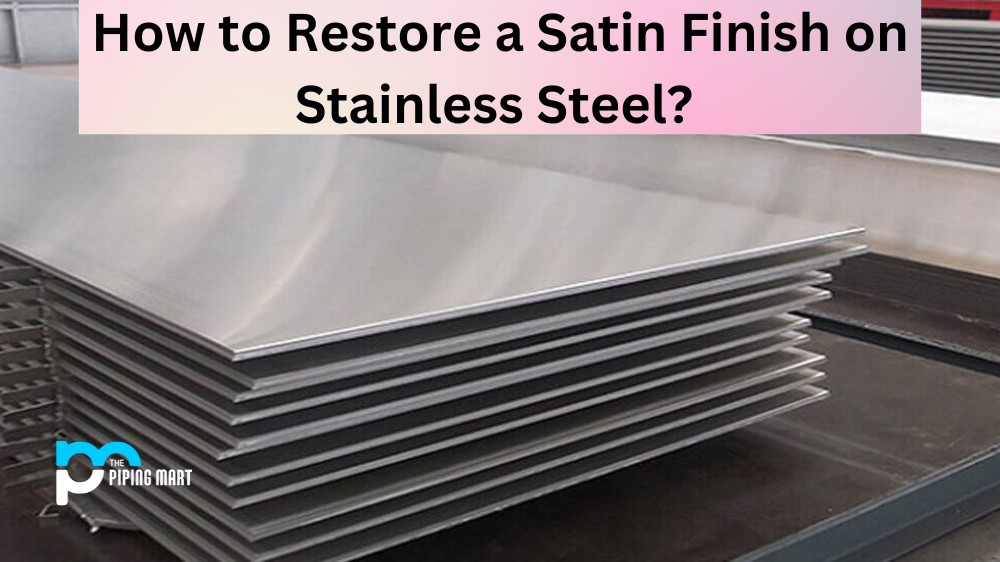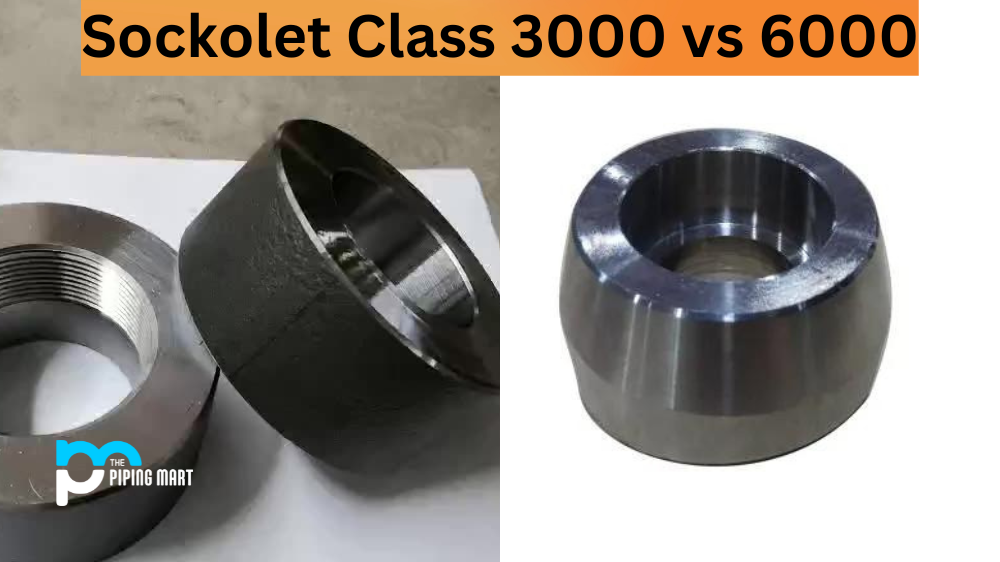Powder coating is a popular way of finishing metal surfaces, including aluminium. While it’s typically associated with steel and iron, aluminium is a frequent choice for many applications because of its lightweight, corrosion resistance, and can conduct electricity. However, not all aluminium is suited for powder coating. This blog post explores whether you can powder coat aluminium, what kind of aluminium is suitable, and how the process works.
Firstly, it’s important to understand that you can powder coat aluminium. It’s one of the most common materials used for powder coating. However, not all aluminium forms are suitable, as some alloys contain additives that make them harder to coat. Therefore, choosing the right type of aluminium is vital to ensure a good finish. The best option is pure aluminium with a smooth surface free from any defects, such as pits or scratches, that could affect the adhesion of the powder.
Moreover, surface preparation is critical for a good result. The aluminium must be thoroughly cleaned to remove any oil, grease, or other contaminants that could interfere with the adhesion of the powder. This process involves using a degreaser and acid etch to create a porous surface that will bond well with the powder. Then, the surface is rinsed with water and dried to remove any residue. Once the aluminium is ready, it’s time to apply the powder.
The powder coating process electrostatically charges the particles and then sprays them onto the aluminium surface. The charged particles are attracted to the grounded metal, creating a uniform layer that adheres tightly and evenly. The coated aluminium is baked in an oven to cure the powder and create a durable and smooth finish. Depending on the type of aluminium and the coating’s colour and gloss, the powder coat thickness can vary from 40 to 120 microns.
However, it’s essential to note that powder-coating aluminium has some potential challenges. For example, aluminium is an excellent conductor of heat, which means it can absorb and dissipate heat quickly. If the aluminium part is too thick, it can retain heat during baking, causing it to warp or bend. Therefore, choosing the right oven temperature and baking time is essential to avoid deformation. Additionally, the powder coat can add extra thickness to the aluminium surface, which can impact the dimensional tolerance of the part.
Conclusion
In summary, powder coating aluminium is possible but requires the right preparation, equipment, and expertise. Choosing the correct type of aluminium, cleaning it thoroughly, and applying the appropriate powder coat thickness can result in a beautiful and durable finish. However, working with an experienced and knowledgeable powder coater is essential to avoid pitfalls and ensure a successful outcome. Now that you know the basics, you’re ready to explore the possibilities of powder coating your aluminium pieces!

Meet Bhavesh, a seasoned blogger with a wealth of knowledge and experience. From metal products manufacturing to retail, Bhavesh has a diverse background in various industries and is dedicated to sharing his insights and expertise with readers.




